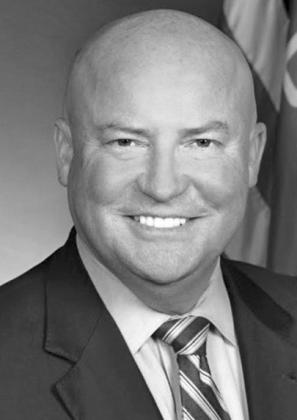Overthepasttwoweeks,Ihavewritten about how some states are easing child labor laws, leading to young people working too long and too many hours during theyearwhen they should be in school.
Let me be clear: we at OICA arenotwhollyopposed to children workinginamannerappropriatetonot negatively impact their education and their lives. For example, teens working on family businesses or farms.
The problem is, as you will see from the following data, such trends only hurt young people long term, negatively impacts their education, traps them in low-wage positions, and hurts the much-needed economic security of both the society and young people that comes with education.
Oklahoma has an average current graduation rate of about 88%, one of the worst rates in the nation. Any time school is missed, valuable instruction time is lost. In fact, chronic absenteeism has been on the increase, with more students missing at least 10% of school days, or usually about 18 days of school each year.
Teens often work to contribute to the household budget, oftentimes providing an average of 24% of household income (according to a 2016 Urban Institute analysis). That data shows that 70 percent of their sample were engaged in paid work by age 17. In crossing data to include 19-year-olds, the results yielded:
• Nonworking dropouts – 8.4 percent
• Working dropouts – 11.0 percent
• Nonworking graduates – 19.3 percent
• Working graduates – 61.3 percent Most dropouts disproportionately come from families with low socioeconomic status. They also tended to struggle more academically and were morelikelytoengageinincome-related crimes during adolescence. Working dropouts worked more hours per week during the school year and earned over $1,000 more per year than working students.
The bottom line: Easing child labor laws is encouragement for more students to drop out of school. Because dropouts come from low-income households, their earnings accounted for a muchhighershareofthefamilyincome than their peers who were working graduates, a rate of nearly double – 24 percent compared to 12 percent. And, by dropping out, working children are more likely to remain in poverty than if they had remained in school.
Additionally, college attendance is highly unlikely for all youth who did not finish high school on time. Only 2 percent of working dropouts, and statistically no nonworking dropouts had completed college by age 25.
Overall 82 percent of youth in the survey were employed by age 25. Examining the annual earnings at age 25 demonstrate vast differences between those who dropped out of school and those who completed their education:
• Nonworker dropout - $17,734
• Worker dropout - $22,943
• Nonworker graduate - $29,329
• Worker graduate - $32,312 One solution offered is for increased childcare support from the state. This would assist families who relegate babysitting duties to older teens so the parents are able to work. By providing professional, affordable childcare, that also improves the likelihood of entering school at a higher level of reading achievement.
Research shows that students who are chronically absent in preschool, kindergarten and first grade are much less likely to read at grade level by the third grade, making them four times more likely to drop out of high school.
As we come closer to the 2024 legislative session, please encourage lawmakers to improve access to affordable childcare to solve the worker shortage, not the foolhardy choice to ease Oklahoma’s child labor laws..
The Oklahoma Institute for Child Advocacy was established in 1983 by a group of citizens seeking to create a strong advocacy network that would provide a voice for the needs of children and youth in Oklahoma, particularly those in the state’s care and those growing up amid poverty, violence, abuse and neglect, disparities, or other situations that put their lives and future at risk. Our mission statement: “Creating awareness, taking action, and changing policy to improve the health, safety, and well-being of Oklahoma’s children.

